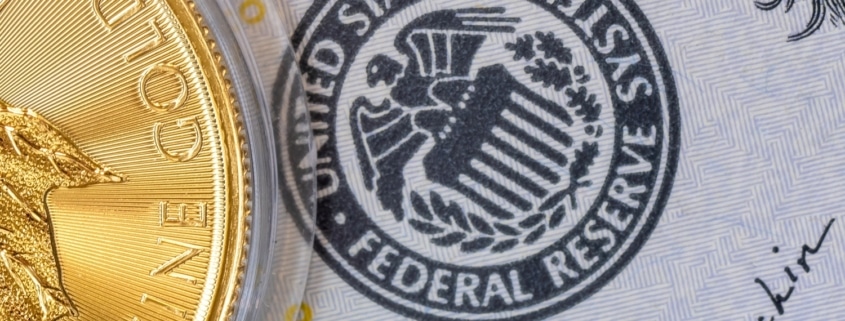What the Latest Federal Reserve Rate Cut Means for Small Business Owners
Summary
- Latest rate cut could result in reduced loan and credit line costs and improved cash flow for small businesses.
- Rate cut could prompt small business lenders to relax credit score and profitability requirements.
- Applying for financing now could secure lower financing costs before further uncertainty.
Small business owners finally got some good news from the Federal Reserve Board on Sept. 17, 2005, when Fed Chair Jerome Powell announced that the benchmark federal funds overnight rate would be lowered by one quarter of one percent (25 basis points), bringing the range down to 4%–4.25%. This marks the first rate cut in nearly a year.
The cut is generally good news for small business owners, as it is meant to stimulate the economy by encouraging lending amid a weak jobs report released at the beginning of September. For most of 2025, small businesses in the U.S. have struggled with newly implemented tariffs on goods from major trading partners and slowly rising inflation.
How Does the Rate Cut Help Small Businesses?
Many small businesses depend on financing to operate. Lending products such as loans and business lines of credit help them grow, launch new products, purchase equipment and meet operating expenses throughout the year. Both SBA 7(a) loans and term loans charge a fixed interest rate based on the overnight rate, while other products, such as business lines of credit, charge variable interest rates on borrowed funds.
An interest rate cut should broadly help U.S. small businesses obtain financing at a slightly lower rate. Many businesses — especially those that import goods and parts — have faced higher operating costs in the face of tariffs, slight upticks in inflation and higher salary demands. Financing can help them stabilize their cash flow.
Will the Rate Cut Make Borrowing Easier?
Rate cuts often prompt traditional banks and alternative lenders to loosen lending requirements, making it slightly easier for small business owners to obtain financing. As 2025 has progressed, lenders — including SBA lenders — have implemented more stringent requirements, such as slightly higher credit scores and longer profitability statements, to justify the risk of approving high-interest loans.
Variable-rate lending products, such as business lines of credit, may also have looser requirements, and the rates charged should ease slightly.
Is It Time to Borrow?
While a rate cut is generally considered positive for small businesses looking for financing, it’s important to remember that this rate cut is just the initial cut.
While it’s impossible to predict how many times the Fed will cut rates, many economists are predicting that the Fed could continue rate cuts as a way to rebound from tariffs and weak job reports. It’s reasonable to assume that the cost of capital for fixed-rate lending products — such as term loans, especially from traditional banks — will continue to decline.
Small business owners who qualify for the popular SBA-backed 7(a) loan are hoping that the interest rate will eventually go back to the 5.5%–6.5% range that they last saw at the beginning of 2022. The rate on term loans from both traditional banks and alternative lenders are also based in part on the overnight rate, so expect the rates on those loans to decrease over time as well.
Refinancing Options
Small businesses with outstanding SBA 7(a) loans, term loans or equipment loans may consider replacing their loan with a cheaper one or renegotiate the terms of the current loan as interest rates fall. This can be especially effective if your credit score has improved since you first took out the loan.
The bottom line is that if you have an outstanding loan and want to take advantage of falling interest rates, most lenders will be willing to renegotiate or refinance. You may, however, want to wait until rates drop even further.
Financing Now May be a Good Option
For small business owners considering financing, this rate cut is good news considering the economic uncertainty in the U.S. Fed Chair Jerome Powell has been cautious about cutting rates in 2025 due to concerns over rising consumer prices due to tariffs and stagnant GDP growth. Right now, it’s impossible to predict if additional rate cuts could be on the horizon, so taking advantage of the latest rate cut could be a prudent move for small business owners seeking financing.

